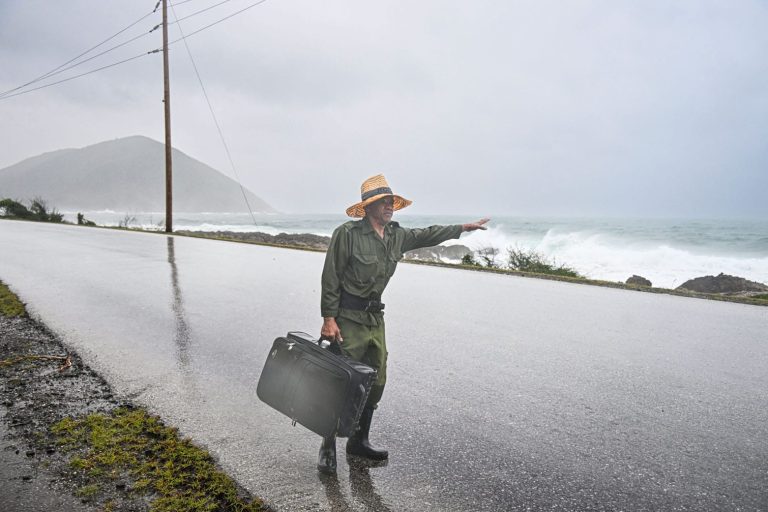
The life and disability insurance shortfall in South Africa has now widened to R50.4 trillion due to the cost-of-living crisis most consumers live in that leaves them unable to cover the premiums.
South Africa’s 16.1 million formally employed income earners collectively had enough life and disability insurance cover at the end of December 2024 to provide only 39% of the income needed by their families in the event of death or disability.
This means that the average South African household, supported by at least one income earner, would be forced to cut living expenses by up to 37% if the provider died or became disabled and no other source of income could be found.
According to the 2025 Insurance Gap Study released by the Association for Savings and Investment South Africa (Asisa), the life and disability insurance gap widened by 12.5% per year from R35.4 trillion at the end of December 2021 to R50.4 trillion at the end of December 2024. Asisa estimates the gap every three years in partnership with True South Advisory.
ALSO READ: Life insurers settled 95.6% of all death claims in 2024, paid out R39.5 billion
Size of life insurance gap is staggering
Besa Ruele, a member of the Asisa life and risk board committee, says the size of the insurance gap is staggering. “To put it into context, Ruele points out that South Africa’s insurance gap at the end of December 2024 was seven times bigger than South Africa’s Gross Domestic Product (GDP) of R7.3 trillion in 2024.
The insurance gap is defined as the difference between life and disability insurance cover in place and the estimated amount households will require to maintain the same standard of living after the death or permanent disability of an income earner.
The insurance needs exclude immediate expenses related to the risk event, such as funeral costs, medical costs and the cost of adapting a home and car for the needs of a disabled person.
Ruele says the Asisa Insurance Gap Study shows that while total life and disability cover in place increased by 5% per year over the three years to 31 December 2024, the growth in new income earners combined with an increase in earnings outpaced the growth in cover, causing the significant widening of the insurance gap.
ALSO READ: Think life insurance is something for your 40s? Your future self might want a word
16.1 million South Africans are employed, but not all have life insurance
According to Statistics South Africa data, the number of formally employed income earners increased from 14.3 million at the end of December 2021 to 16.1 million at the end of December 2024.
Ruele explains that an increase in income earners means that more families require death and disability cover to help them maintain their standard of living should an income earner supporting the household die or become disabled.
According to actuarial statistics, around 440 income earners are expected to die every day in South Africa in 2025, while 145 are likely to become disabled daily. Considering the death and disability gap, most of the 214 000 families faced with either the death or disability of an income earner this year would be forced to either adjust their standard of living or find alternative sources of income.
The Asisa study shows that the average income earner would need at least R2.1 million of life cover to ensure that their family can continue living at the same standard should their income fall away due to death. However, the average income earner has cover of R0.8 million, leaving an insurance gap of R1.3 million.
ALSO READ: Discovery Life payouts for 2024 again shows increase in suicides
Which of the two options will you choose if the breadwinner cannot work anymore?
Ruele points out that the average family would be left with two options when an income earner dies: drastically cut household expenses by at least 34% or generate an additional monthly income of around R7 400.
She says the financial impact on families is even more dire when an income earner suffers a total disability, since the family size does not decrease. In fact, she says, a disabled person usually has more expensive needs since they are suddenly forced to stay at home and often require caregiving.
The study shows that the average family would need disability cover of R3 million to maintain their standard of living. However, since the average South African earner has disability cover of only R1.2 million, the gap per family is around R1.8 million.
Ruele says to close the gap, the family of a disabled person would have to reduce household expenses by 37% or generate an additional monthly income of around R9 800 a month.
ALSO READ: How to ensure that your future life insurance claim is paid out
How do we close the life insurance gap?
Ruele says it is much cheaper to close the death and disability insurance gap while the policyholder is still earning an income than to make up for lost income after you become ill.
In the case of death cover, the cost would be an additional 5.2% of earnings, while increasing disability cover would require an extra 3% of your earnings.
Ruele says that considering that income earners should aim to have adequate death and disability cover in place, the total cost of closing the gap would be 8.2% of earnings.
However, she acknowledges that the economic headwinds facing South Africans and the steep increases in the cost of living make it impossible for many income earners to simply up their death and disability cover premiums.
“Considering that salary increases this year are likely to be between 3% and 4%, if any, most income earners will not be in a position to channel 8% of their income towards risk cover. While the insurance gap numbers are sobering, the aim is not to leave earners feeling despondent.”
ALSO READ: What happens to your debt when you die?
Talk about death and disability and life insurance before it happens
Instead, she says they want to encourage families to discuss the potential shortfall in household income should something happen to the income earners supporting the household and consider taking steps to progressively close the gap.
“Death and disability cover should be seen as a tool to lighten the burden for families after suffering a devastating loss of life or physical ability, not a drain on disposable income.”
Ruele says to reduce the insurance gap, income earners and their families would have to consider the financial implications of death or disability and then work towards closing the gap. “Financial advisers can help with this. In addition, most life insurers have introduced innovative online options for consumers who prefer doing their own research.”



